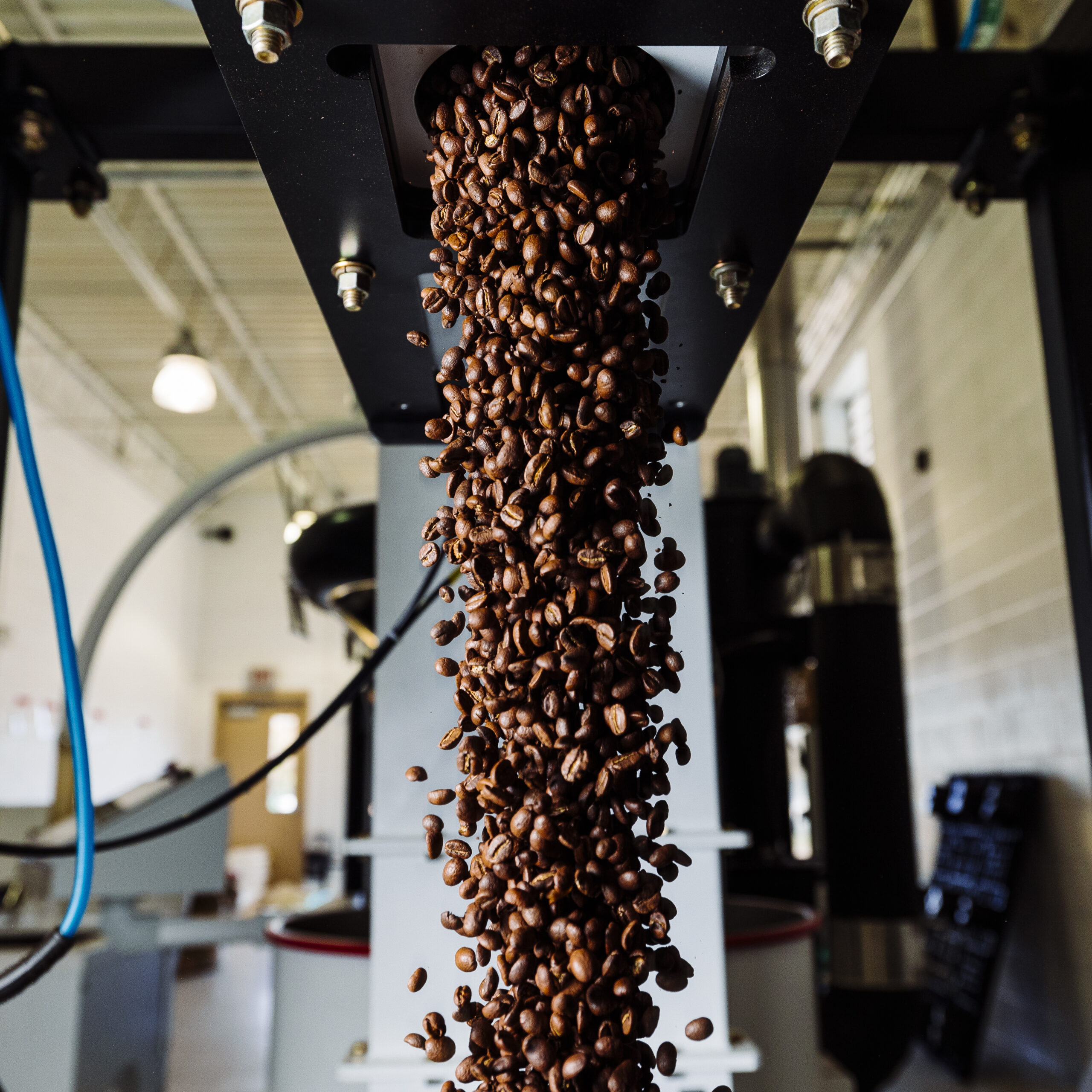
By: Lillie Wright
Many coffee retailers have branded their coffee bags with “Arabica Coffee” or “Arabica Beans,” but do we know what this means? Does the “Arabica” label actually make a difference, or is it one overblown marketing ploy? There are many different species of coffee beans, but there are four staples in major coffee chains: Robusta, Liberica, Excelsa, and Arabica. We will explore each variety and discuss their taste, appearance, and respective caffeine levels. We will also discover tips for getting the perfect coffee in your pot.
Arabica
Arabica coffee is the most popular type of coffee beans in North America. Its sweet, less acidic flavor lends itself well to the American palette. The beans are grown in high-elevation places like Brazil, the world’s top exporter. The plants require careful maintenance, pruning, and attention to environmental factors like heat and rain, along with disease, which spreads rapidly through the plants–making large-scale farms much more difficult. Luckily, these fickle plants produce coffee beans enjoyed by fans worldwide. Their sensitive nature drives up the price, but it’s worth the money for those unwilling to drink anything else. Some people say Arabica coffee has a weak or watery taste, especially when paired with ice or milk, but true fans don’t care. Arabica beans are a great introduction to the coffee world for someone nervous about bitterness. Once that person becomes comfortable enough to drink their Arabica black, they’re ready to move on to different varieties. Arabica ranks second-highest in caffeine, averaging about 1.61 grams for every 100 grams of coffee. The beans are typically dark brown with a lighter streak along the center crevice. They’re one of the smaller beans, but they make up for it in flavor. Arabica beans will most likely appear on store shelves and at trendy coffee houses.
Robusta
Robusta coffee gets its name from the powerful, robust flavor of the beans. It is popular in the Middle East, Africa, and Europe and has an entirely different profile than Arabica. Robusta beans are much smaller than Arabica beans and have a sharp, bitter taste. The high levels of caffeine in Robusta serve as a natural insect repellent, protecting the coffee tree and creating a hardy plant. These beans boast an impressive 2.26 grams of caffeine per 100 grams of coffee, an increase of over fifty percent! Robusta has a reputation for tasting burnt or rubbery, so it’s not very popular among coffee drinkers except where people enjoy highly caffeinated coffee. Since it’s less popular than Arabica, it’s also cheaper, meaning farmers yield more profit from a crop of Robusta. Its hardy nature also means they lose less crop over time, making it more readily available. Even though most people do not willingly drink Robusta, it still has a place. Many instant coffees use Robusta beans, giving them that signature intense flavor, and some roasters use it as filler in dark roasts. If the idea of cheap filler coffee turns you off, check for bags that say “100% Arabica Coffee.” There are some instances of well-made Robusta coffee. Small-batch, artisan roasters who understand these beans create beautifully intense, deep flavors of chocolate and rum. Unfortunately, these unique roasts are not readily available and are often challenging to find.
Liberica
Liberica is one of the rarest types of coffee beans. It grows in particular climates, making mass production difficult and unprofitable. People lucky enough to stumble upon Liberica coffee describe its scent as fruity and floral or woody and smoky. Liberica coffee was prevalent in the nineteenth century, but a disease called “Coffee Rust” nearly wiped it out. The Philippines were the first country to cultivate and export Liberica coffee globally. They were a US territory at the time, but due in part to their success with Liberica, they gained independence. The US sanctioned all Phillipino goods and cut off supplies to the country. Thus, Liberica coffee is scarce today as no other countries could export the amount as the Phillippines.
Regarding caffeine, Liberica coffee has slightly more than Arabica at 1.5 grams of caffeine per 100 grams of coffee. Liberica beans are easy to spot since they’re larger and skinnier than other coffee varieties. They are also lighter in color and have a pronounced center crevice.
Excelsa
Excelsa coffee is an offshoot of the Liberica family, though it boasts its own taste profile with combinations of fruity and tart flavors. Grown primarily in Southeast Asia along with Liberica, these two species comprise a small percentage of global coffee consumption. Excelsa contains aspects of both light and dark roast coffees, making it versatile and economical. Many coffee enthusiasts love it for this reason and seek out this unique flavor profile. Excelsa beans look incredibly different from all other beans discussed today. They are tiny and
light in color, more similar to caramel than chocolate brown. They also have the least caffeine, with 0.86 grams per 100 grams of coffee.
Which One Do I Buy?The coffee-drinking experience is all about personal preference. Every person drinks coffee differently, and these differences impact our bean preferences. Think about your ideal cup of coffee. Is it black? Does it have cream and/or sugar? Is it hot or cold? How big is it? Each factor helps determine the best type of coffee beans for you. A light Arabica roast like Bitty’s Blend might be perfect for those who enjoy a simple, hot black coffee. If you prefer adding cream, sugar, or flavor to your coffee, then a dark roast Sundance should do the trick. Bitty and Beau’s Coffee uses one hundred percent Arabica beans to make the best coffee for our mission. Our Team Members serve each cup with a smile and break down barriers between people with and without disabilities. Join our Coffee Club and enjoy three bags of coffee delivered monthly to your door.
